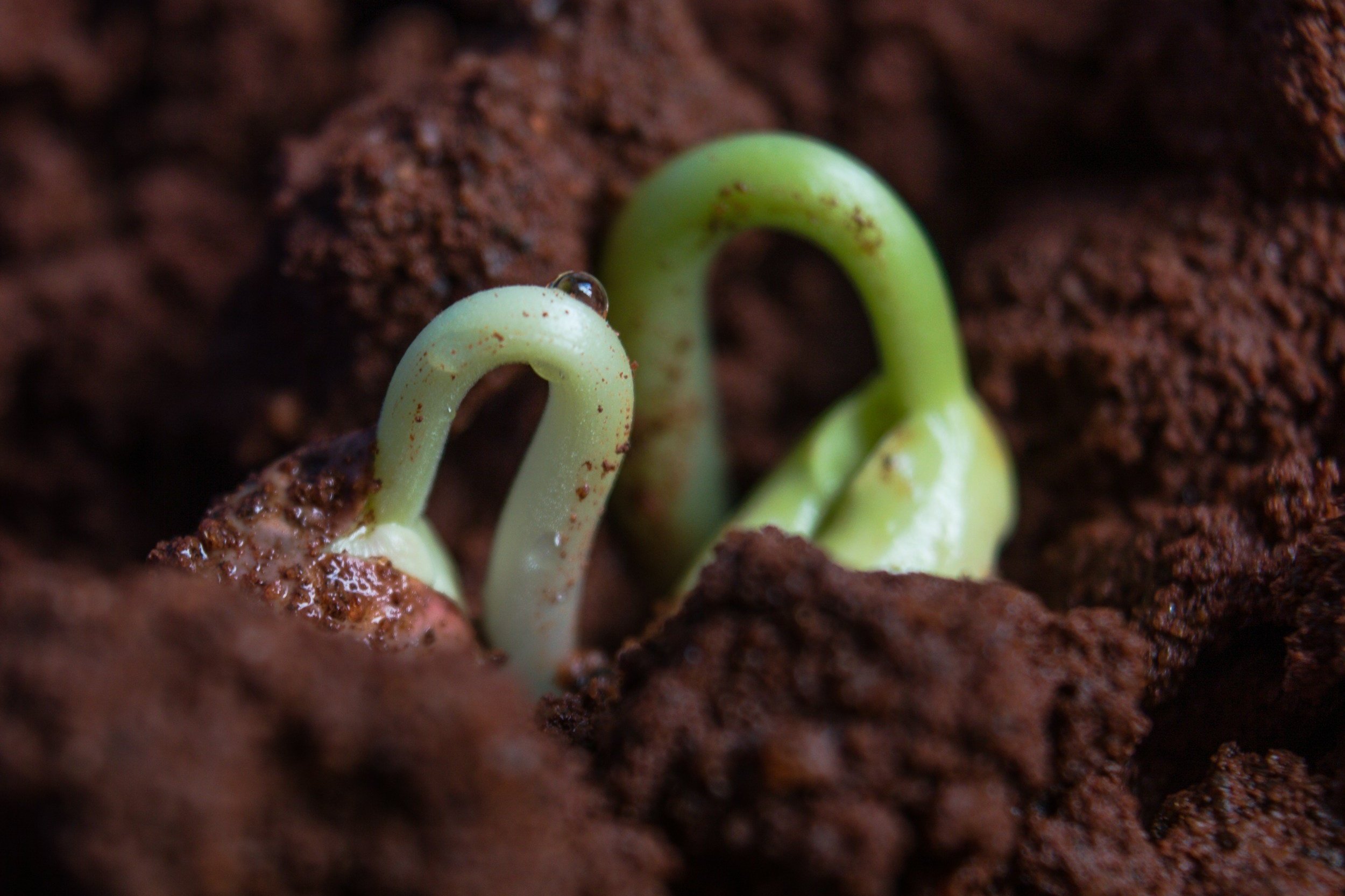Growing Conditions
In Finding the Right Spot we discuss the crucial factors that contribute to your garden's success and guide you in choosing the best location for it. We'll delve into the specific growing conditions you need to consider based on your area. The types of plants you can cultivate will depend on your geographic location. For instance, a garden in Southern Ontario will have significantly different growing conditions compared to one in Northern Manitoba. Understanding your local growing conditions is essential to making the right plant selections.
Climate Zone: Hardiness zones are a system that divides a geological region into zones based on the minimum temperature. This system helps gardeners figure out what plants will grow and thrive in these conditions. Find out your hardiness zone to determine what plants will do well in your area. This information is easily found online. Our hardiness zone is Zone 6b: -20.6°C to -17.8°C. When shopping for plants especially for seeds online, we need to keep our zone in mind. Some vegetables might require a longer growing season then we are able to provide.
Sunlight: The recommendation for a vegetable garden is 6-8 hours of direct sunlight a day. Most vegetable plants will require this much sunlight to survive. If you don’t have enough sun make sure you are purchasing plants that can grow with less light. Most leafy crops and root vegetables will do well with 5-6 hours of sunlight a day. If you want to grow fruiting crops such as tomatoes, peppers, or cucumbers you will need at least 8 hours of sun a day.
Soil Type: Do you have the ideal loamy soil or is it more clay based? Will the soil you have grow healthy plants or do you need to add amendments? Test your soil for pH and nutrient levels. Consider adding compost to the garden beds. Soil is a necessary aspect of growing food, maybe even one of the most important things to consider. Soil can make or break a garden. It is a good thing you can add amendments and improve the health of your soil. We recommend reading more about how you can do this. We talk more about soil type, health, and testing here Soil Type and Nutrition .
Frost Dates: Knowing your local frost dates is crucial for determining the best planting times. Plan to plant your veggies after the last frost in spring and aim to harvest before the first frost in fall. You can easily find this information online by entering your town or area and searching for frost dates. This will direct you to your nearest climate station and provide you with both the frost dates and the total number of growing days in your season. These details will help you decide what you can and cannot grow by comparing the total number of growing days to the "Days to Harvest" information on your seed packages. Keep in mind that you can always use row covers or cloches to extend the growing season if needed.

